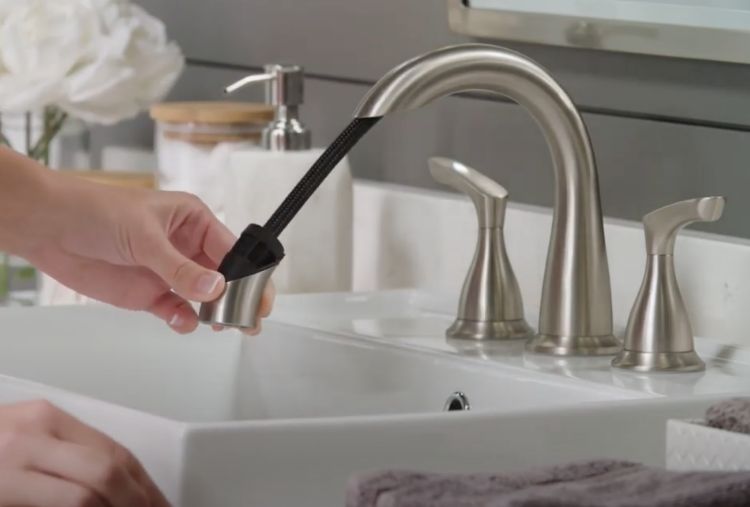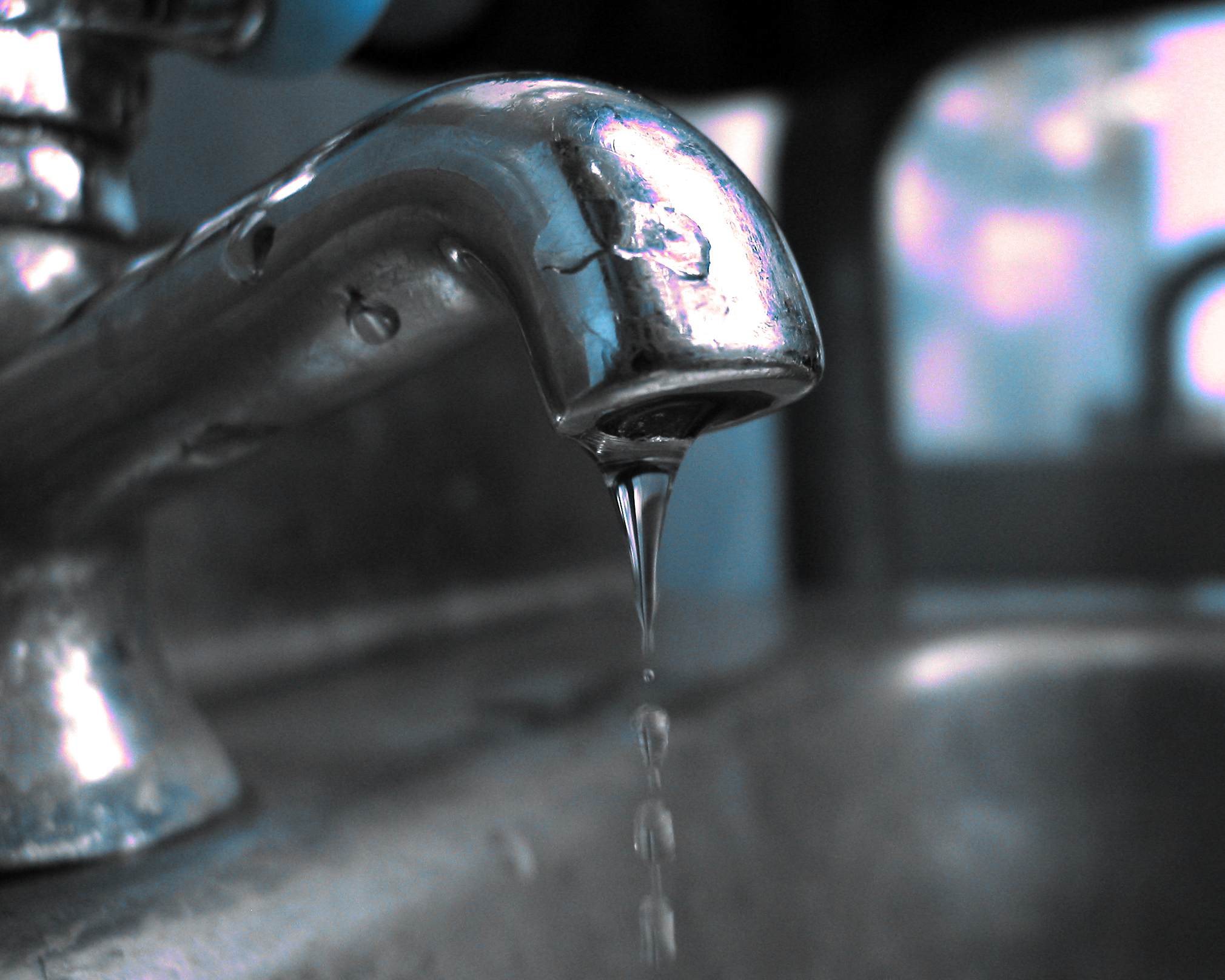Understanding the Value of Correcting a Leaking Faucet
Understanding the Value of Correcting a Leaking Faucet
Blog Article
The article in the next paragraphs about Why Is It Important To Fix Your Leaking Tap/Faucet? is rather intriguing. Give it a try and draw your own personal ideas.

Trickling faucets may feel like a minor trouble, yet their impact exceeds simply the annoyance of the audio. From wasting water to incurring unnecessary economic prices and health risks, disregarding a leaking tap can bring about numerous consequences. In this article, we'll delve into why it's crucial to address this common household issue promptly and effectively.
Wastage of Water
Ecological Influence
Trickling taps contribute considerably to water wastage. According to the Environmental Protection Agency (EPA), a solitary faucet trickling at one drip per secondly can squander more than 3,000 gallons of water each year. This not just strains water sources however likewise affects ecological communities and wildlife dependent on them.
Financial Prices
Raised Water Expenses
Beyond the ecological impact, leaking faucets can pump up water bills considerably. The built up wastefulness over time converts into higher energy expenditures, which could have been prevented with prompt repair work.
Prospective Residential Or Commercial Property Damages
In addition, prolonged leaking can bring about harm to fixtures and surfaces bordering the tap. Water accumulation can cause staining, rust, and also architectural concerns if left neglected, leading to added repair service costs.
Health Problems
Mold and Mildew Growth
The constant existence of moisture from a leaking faucet develops an excellent atmosphere for mold and mildew and mildew development. These fungi not only compromise indoor air top quality yet additionally present health and wellness dangers, particularly for people with respiratory system conditions or allergies.
Waterborne Conditions
Stagnant water in dripping taps can end up being a breeding place for bacteria and various other microorganisms, increasing the danger of waterborne diseases. Impurities such as Legionella bacteria grow in stagnant water, possibly leading to significant diseases when consumed or inhaled.
DIY vs. Professional Repair service
Advantages and disadvantages of Do It Yourself Repair
While some may try to deal with a dripping faucet themselves, do it yourself fixings come with their own collection of challenges. Without proper understanding and devices, do it yourself efforts can aggravate the issue or lead to incomplete repair work, extending the issue.
Advantages of Employing a Specialist Plumber
Working with a specialist plumber makes certain that the underlying source of the trickling tap is attended to successfully. Plumbing technicians possess the competence and devices to diagnose and fix tap problems effectively, saving time and decreasing the danger of further damages.
Step-by-Step Overview to Fixing a Dripping Tap
Tools Required
Prior to attempting to fix a trickling faucet, collect the required devices, including a flexible wrench, screwdrivers, replacement components (such as washers or cartridges), and plumber's tape.
Typical Faucet Issues and Their Solutions
Determine the sort of faucet and the details concern creating the drip. Typical troubles consist of worn-out washing machines, corroded valve seats, or faulty O-rings. Describe manufacturer instructions or on the internet tutorials for step-by-step advice on repairs.
Preventive Measures
Routine Upkeep Tips
To avoid trickling faucets, carry out regular upkeep such as cleaning aerators, evaluating for leakages, and replacing worn-out components quickly. Furthermore, think about setting up water-saving gadgets or upgrading to much more efficient fixtures.
Importance of Prompt Repairs
Addressing dripping taps as quickly as they're discovered avoids further water wastefulness and possible damage, ultimately conserving both water and cash in the future.
Effect On Building Worth
Perception of Well-Maintained Property
Preserving a building in good condition, including resolving maintenance concerns like dripping taps, enhances its viewed worth and value among prospective buyers or occupants.
Impact on Resale Value
Qualities with well-maintained plumbing fixtures, consisting of taps, command higher resale values in the realty market. Resolving dripping taps can add to a favorable impression during home examinations and arrangements.
Ecological Responsibility
Individual Contribution to Conservation
Taking responsibility for repairing dripping taps lines up with wider efforts toward water conservation and ecological sustainability. Every person's activities collectively make a considerable impact on preserving priceless sources.
Sustainable Living Practices
By prioritizing prompt fixings and taking on water-saving routines, individuals add to sustainable living practices that profit both existing and future generations.
Final thought
Addressing a trickling tap goes beyond mere benefit; it's a vital action toward saving water, reducing financial expenses, and securing health and building. Whether via do it yourself repair services or professional aid, doing something about it to take care of trickling taps is a tiny yet impactful means to advertise liable stewardship of sources and add to a much healthier, a lot more sustainable future.
Most Common Reasons for a Leaky Faucet and How to Stop the Drip
Whether it’s your kitchen faucet leaking or a bathroom faucet leaking, one leaky faucet can waste anywhere from three to 30 gallons of water every single day. If the constant drip-drip-drip doesn’t get your attention, your water bill will. The good news is that, by following a few simple steps, chances are pretty good you can fix the problem yourself.
Why is it dripping?
Before you start taking things apart, let’s break down some of the most common causes of a leaky faucet.
Bad O-ring.
A cartridge is a valve that controls the flow of water into the faucet spout. On cartridge faucets there’s an O-ring—the little disc attached to the stem screw that holds the faucet handle in place. If it’s loose or worn-out, it can cause your sink handle to leak. Of course, the cartridge itself could be worn out. If that’s the case, make sure you replace it with the exact same kind.
Corroded valve seat.
The valve seat connects the faucet and the spout. If the leak seems to be coming from the spout, it might be because a buildup of water sediment has corroded the valve seat.
Worn-out washers or seals.
A leaky spout could be caused by a bad washer that rests against the valve seat. It’s just a matter of time before friction takes its toll. It could also be the wrong size washer or one that’s been installed incorrectly. Water sediments can also corrode inlet and outlet seals.
Water pressure.
If the faucet only drips now and then, or when you turn the handles a certain way, you should probably check your home’s water pressure.
Loose or broken parts.
The adjusting ring and packing nuts in the stream screw can become loose over time, causing your sink handle to leak. Try tightening or replacing the packing nut. If the leak is coming from the pipes underneath the sink, you probably have a broken pipe or fitting. If that’s the case, you should definitely call a plumber.
Know your faucet.
Faucets come in a variety of types. Each one has its own assembly—and its own possible causes of leaks. Learning about the four most common kinds of faucets will help you know how to take them apart and make any repairs.
How to stop a leaky faucet
Fixing that leaky faucet doesn’t have to take a lot of time, money, or expertise. It’s usually a simple matter of replacing a worn-out washer or gasket, a loose O ring, or another part. Chances are really good you can do this yourself if you follow these simple steps.
Shut off the water.
Before you tackle the faucet, cut off the water supply to the sink. There should be one valve for hot and one for cold. Hand-turn them clockwise with your hands till they close. If there are no valves under the sink, head to the basement and shut off the main water supply to the house. Then turn on the faucet until it empties out the water that’s still in the line and you’re ready to start. It’s a good idea to cover the sink drain with a plug or a rag so you don’t lose any small pieces and parts while you’re working.

I am just very drawn to Leaky Faucets: Why They Happen & What to Do About Them and I'm hoping you appreciated the entire blog posting. Make sure you pause to share this blog post if you liked it. Thank you for being here. Revisit us soon.
Report this page